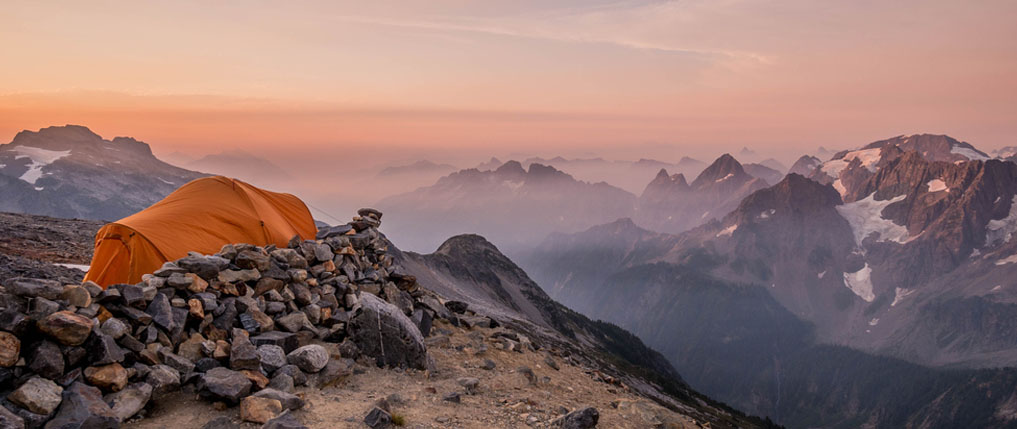How to Snag a Hard-to-Get Backcountry Permit
June 6, 2021

When you need to get away from cramped campsite parks with hordes of people and into the wilderness where you’re alone with your thoughts, a backcountry trip will do the trick. Still, while you don’t have to book a site through a reservation system, you can’t just strap on your boots and head out. You will need a permit. And while it may be a bit of a challenge, it’s well worth the effort! Here are seven tips on how to snag a backcountry permit and get away from the crowds.
#1 Research Ahead of Time
Before you request a backcountry permit, determine the distance you want to hike each day and where you want to set up camp, creating a mock-up route. Consider additional factors such as the speed of fellow travelers, the terrain’s ruggedness and high elevation. Demonstrating that you know where you’re headed can earn you points by backcountry rangers and may even earn you insider tips.
#2 Know When to Apply
Check the park’s website in advance, ideally several months before your trip, to better understand the permit application procedure. If the park is popular, apply the earliest day possible! Make sure you know what the application entails, too, as some parks offer an easy online reservation system like Recreation.gov, while others might request an in-person visit.
#3 Stick to a Small Party
If you stick to a smaller group, there’s a greater chance you’ll snag a permit. Since permits are often based on the number of campers in each area or trailhead’s maximum quota, sticking to two to four people can increase your odds of getting a permit. Keep in mind that some parks consider a party of six or more a group permit, which means you have an even more limited option of campsites. Still, if you do decide to venture out with a larger group, store everyone’s gear in the rooftop cargo compartment to make the ride to the trailhead more comfortable.
#4 Consider the Alternatives
Make sure to have a few backup backcountry trip dates in mind. If you can’t snag your first choice, having one or two extra itinerary alternatives can make the application process go smoother and increase your odds. Many parks actually require you to prepare three itineraries anyway, so consider ways you can shift the dates or choose a different weekend or route.
#5 Pick Off-Season Dates

Every park has a peak season that attracts visitors and other backcountry hikers. Make sure you understand when this peak season occurs so that you can avoid it! While you might get the occasional snow up in higher elevation, places like Teton, Yosemite and the Rockies offer excellent hiking weather well into October. Just make sure to check how far into the season you can get a permit, too! Another great advantage of off-season dates is the ability to capture some excellent nature photography (sans people), so be sure to grab your camera and travel case, too.
#6 Consider Public Lands Nearby
If the National Park is full on your trip dates, consider camping in nearby public lands or National Forests. There’s no limit to your backpacking party in these areas, which can open up your campsite options tremendously. Scan a map for secondary options that might be a nice alternative, even if it’s a single night in-between the rest of your park-boundary itinerary. In other words, don’t let a single unavailable night ruin the entire trip when there are easily accessible public lands or National Forests nearby. Even if they do require advance permit reservations, the dates might align.
#7 Take Your Chance on a Walk-In Permit
If all else fails, have your Ten Essentials ready with all your gear and an LED flashlight and head straight to the park on the first day of your trip. Many parks reserve a percentage of first-come, first-served walk-in permits, so if you get there an hour or two early to be the first in line, you can start your backcountry trip that day!
No Luck Getting a Backcountry Permit? Consider a Day Hike
If you can’t snag that hard-to-get backcountry permit after all, consider a day hike through part of the route. Sometimes, a day hike can even be more manageable than lugging all your heavy gear – tent and all – in a backpack. Without needing a group campsite, you can also go dayhiking with a larger party, making for a fun social outing!

SIGN UP FOR EXCLUSIVE OFFERS
Sign up for our newsletter and get exclusive access to new product launches, special offers and much more.
RELATED BLOGS